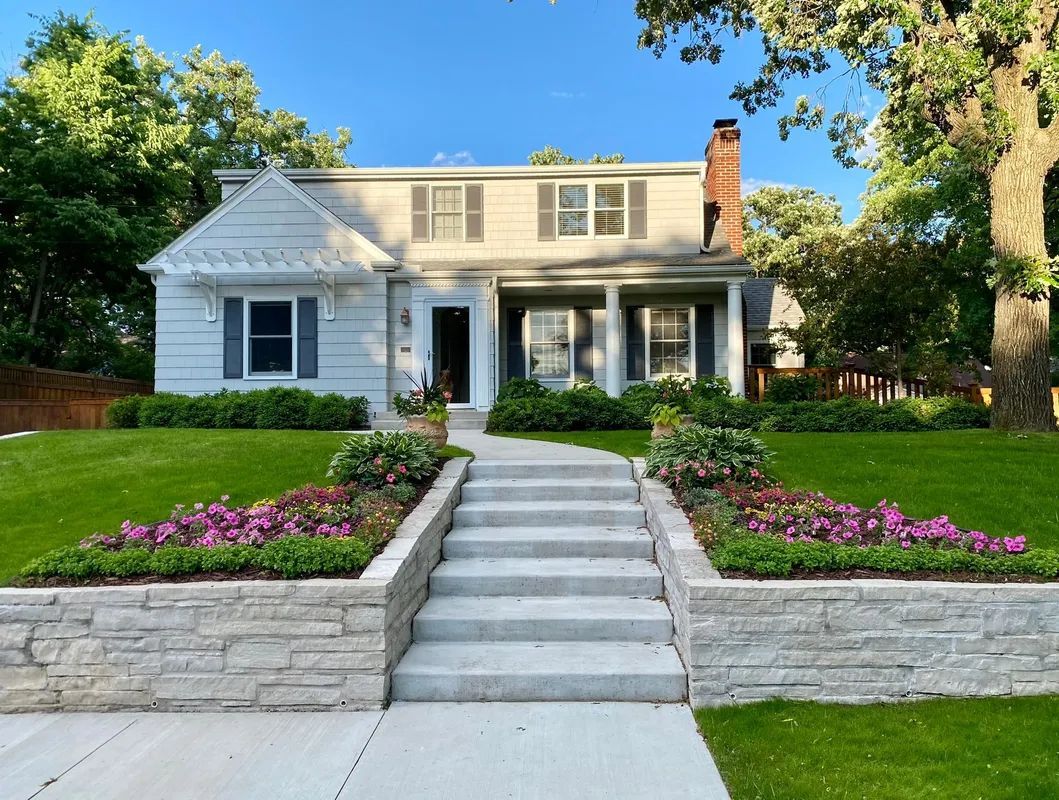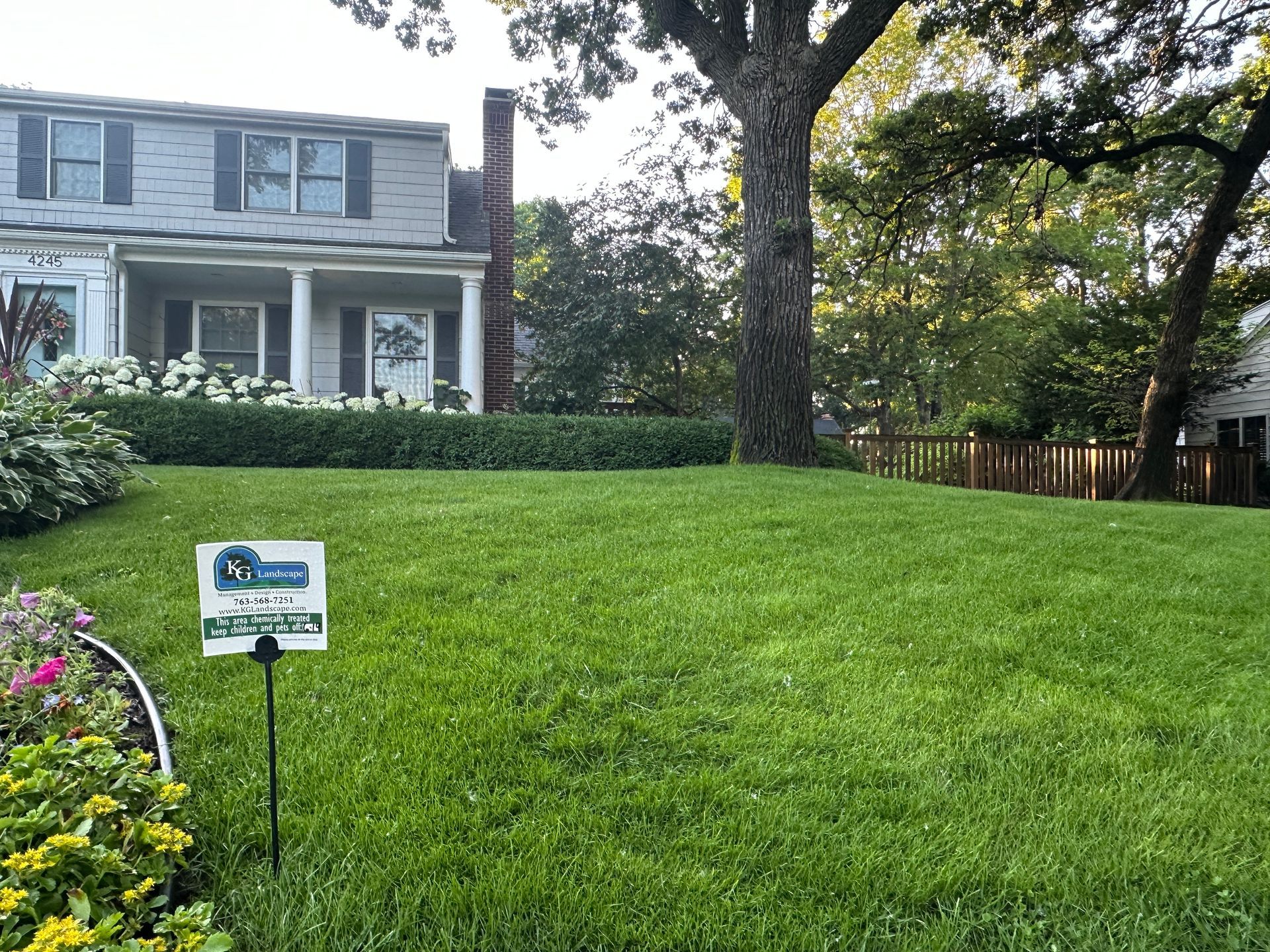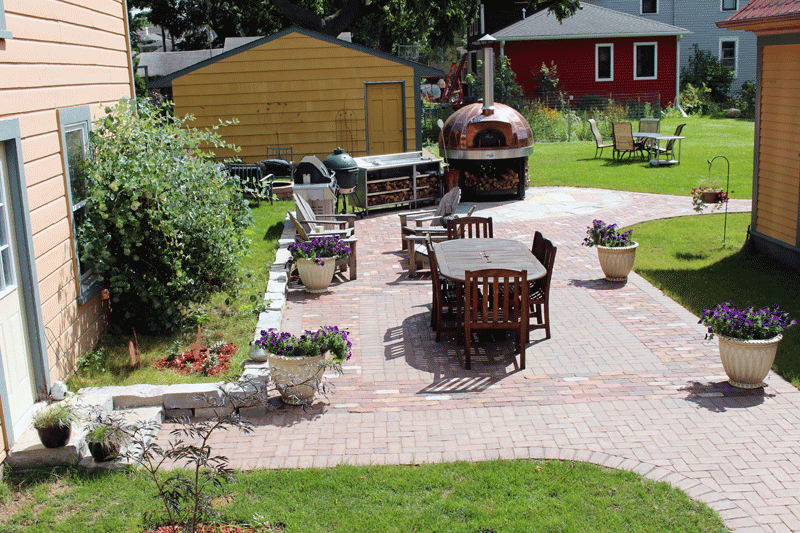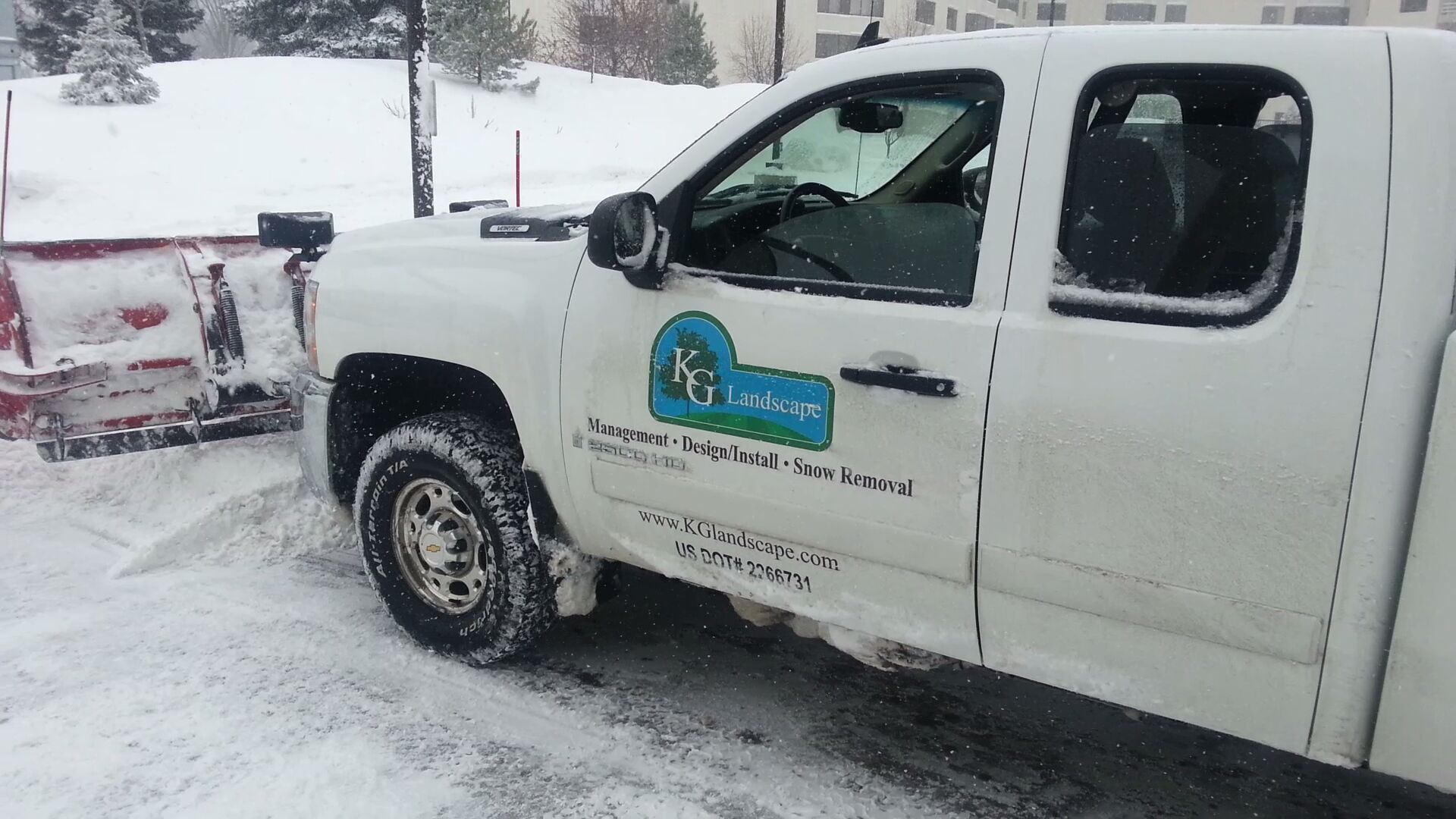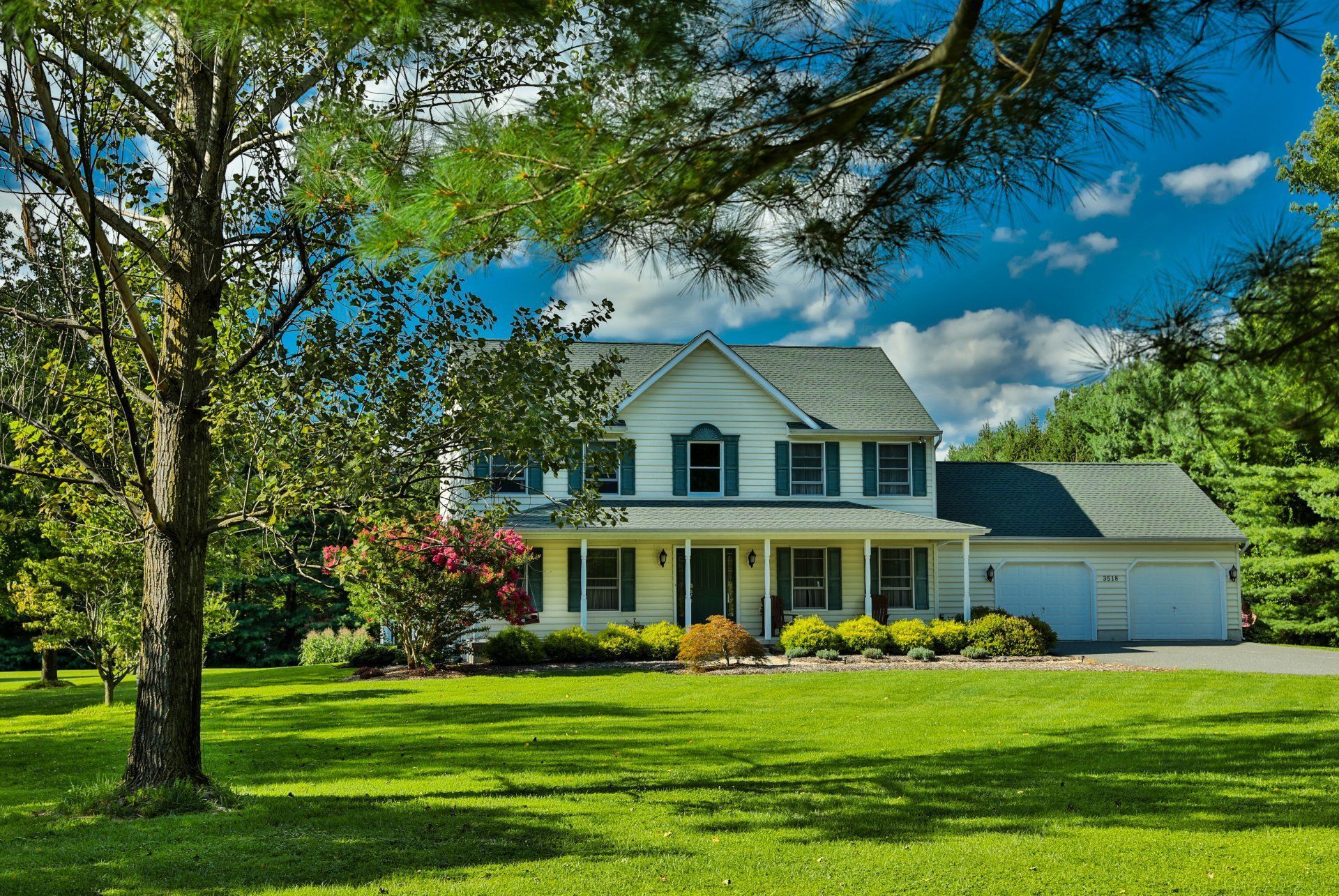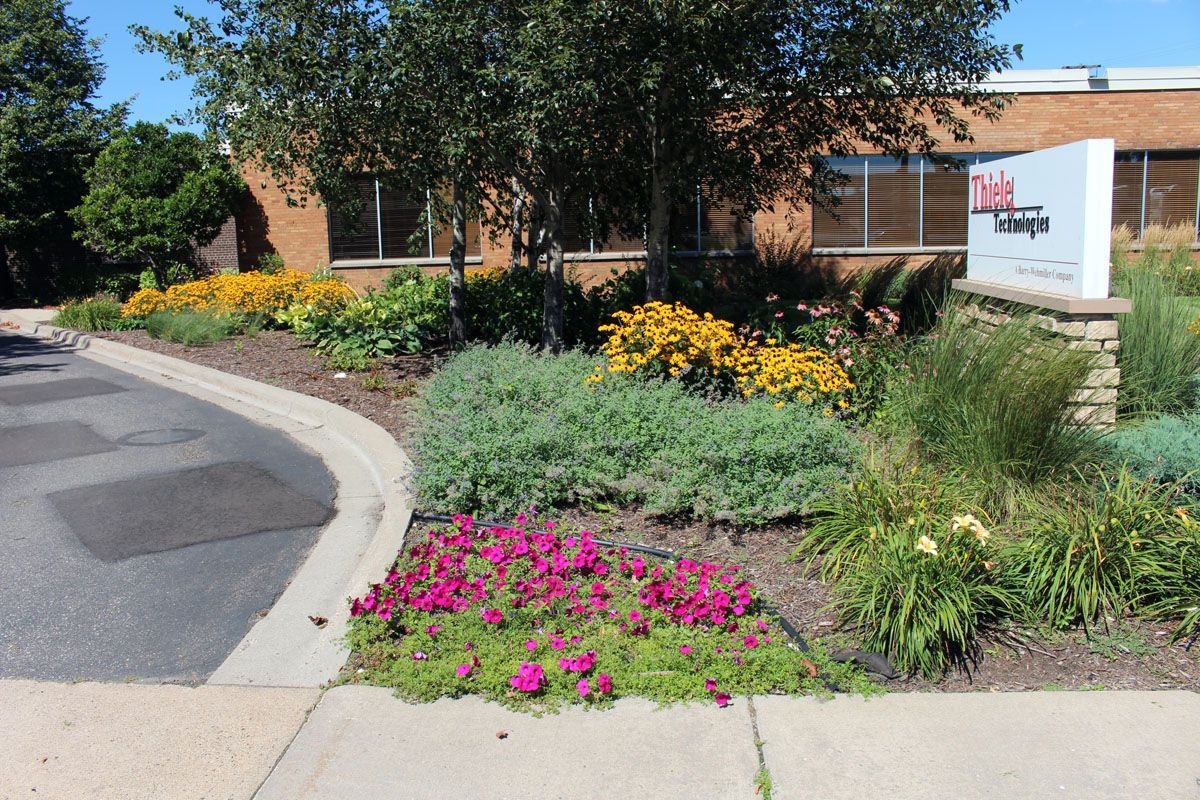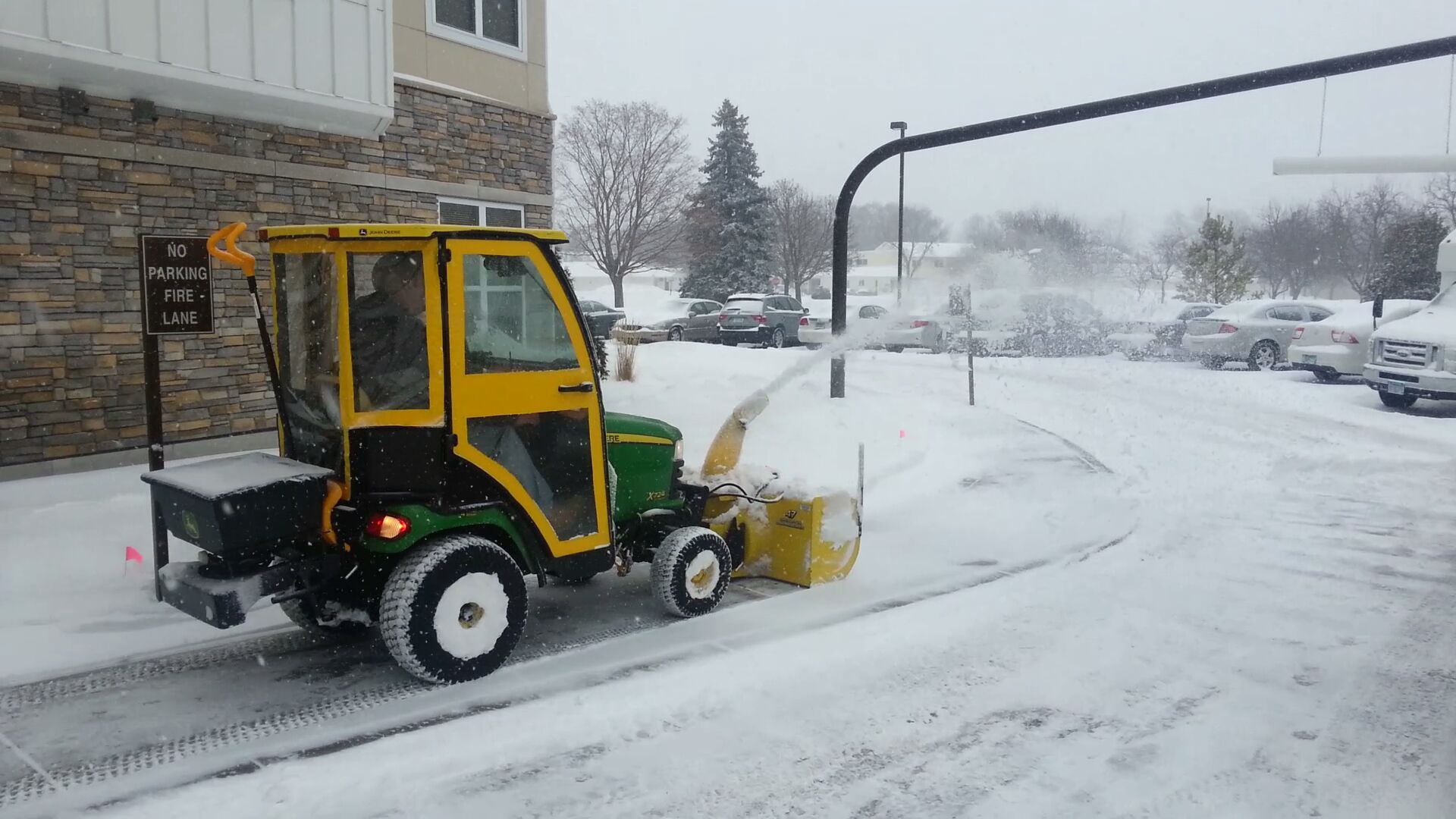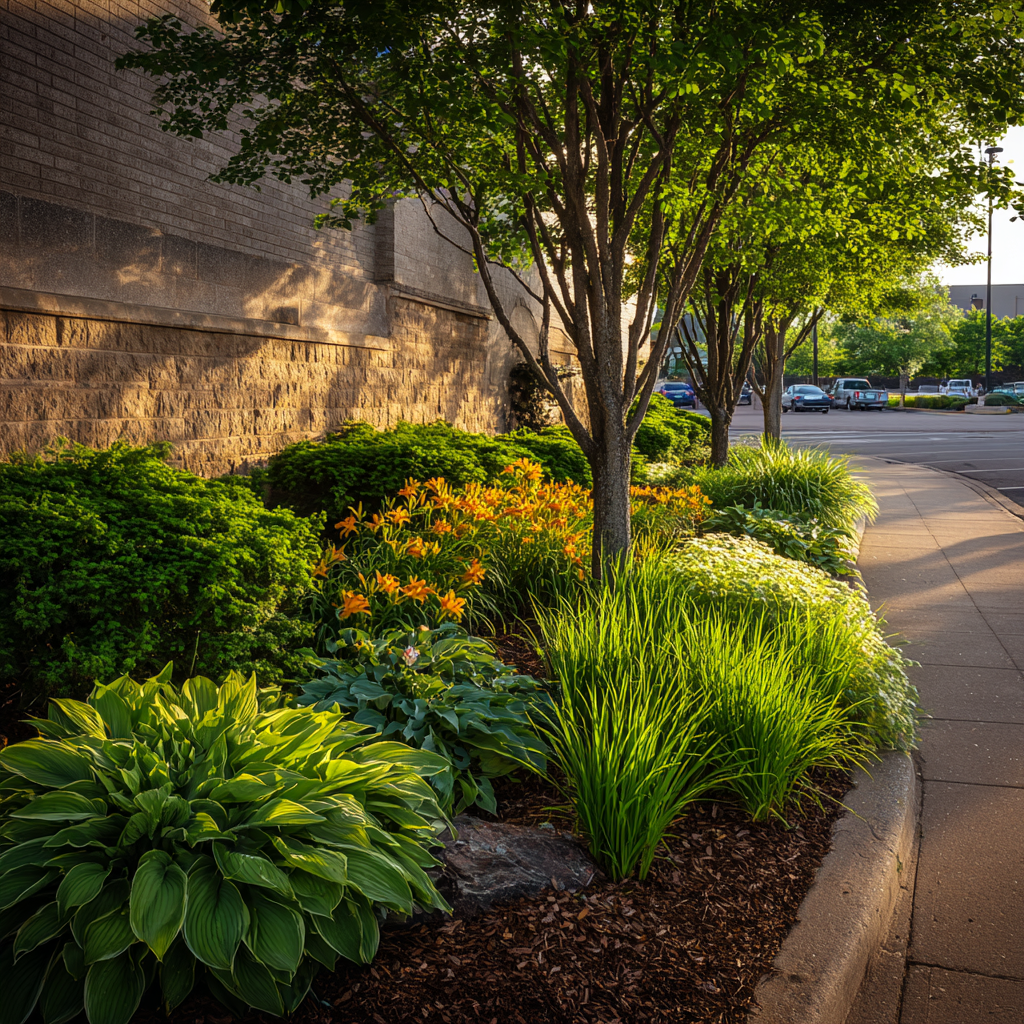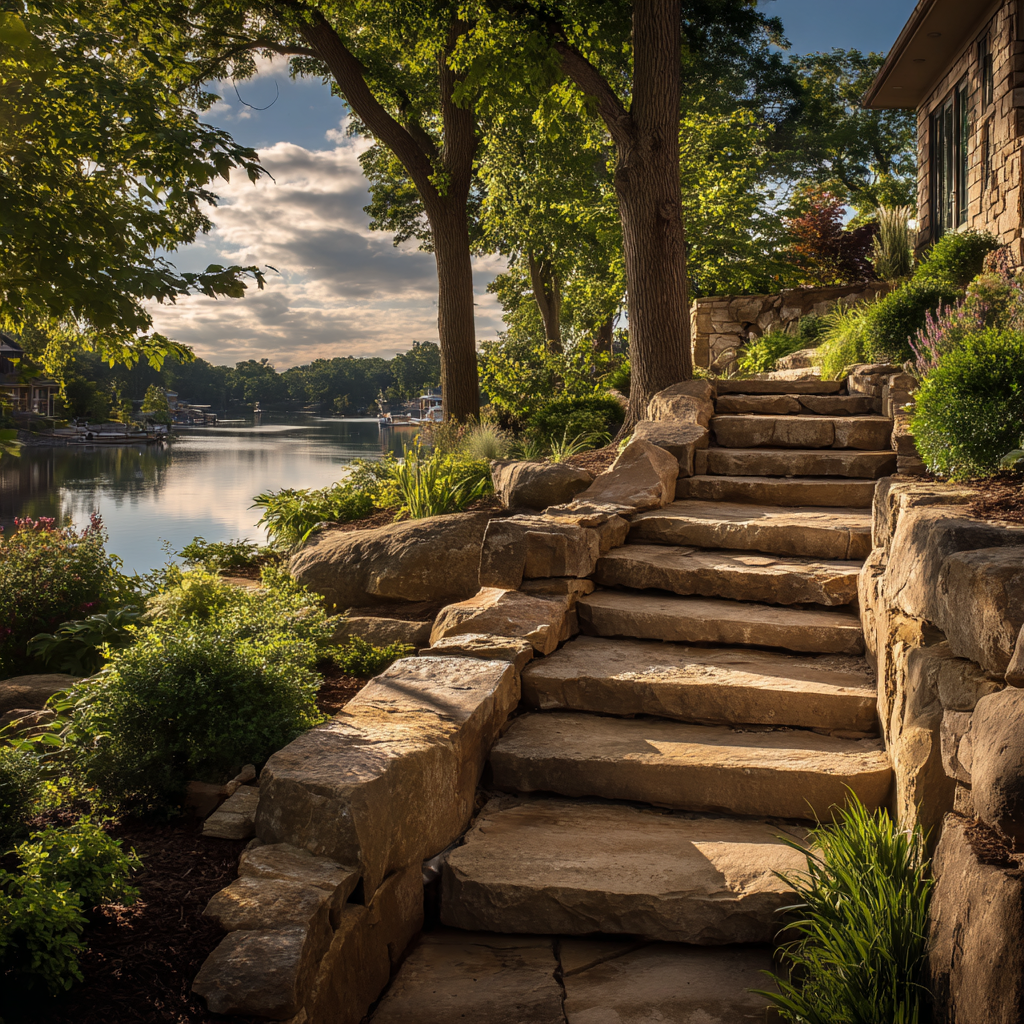How Soil Compaction is Hurting Your Lawn
Homeowners prioritize keeping a healthy lawn, and it all begins with the consistency and health of your soil. The condition and overall density of your soil affect your yard’s appearance and how well your grass can grow. It’s encouraged to regularly check your lawn for signs of potential underlying problems, conduct preventative measures, and be proactive if you notice any symptoms. From weed infestation and fading grass color to lawn diseases and excessive thatch levels, soil compaction can cause your lawn to diminish over time if not correctly cared for.
What is Compacted Soil?
Soil becomes more and more compacted over time due to heavy foot and vehicle traffic. Heavy snow for prolonged periods can also lead to soil compaction. Over time, constant pressure on soil creates compressed soil particles, which results in many problems for your lawn. Once compacted soil occurs, water has a difficult time filtering through and reaching the grass roots, thus stunting growth and diminishing the health of your yard. If your lawn isn’t healthy, it will not be able to combat weeds, disease, and lawn insects efficiently, which will lead to much more significant issues.
Diagnosing Soil Compaction
If you’re looking for a way to determine whether your soil is compacted, a soil probe is a quick and easy tool to utilize. The soil probe is manually pushed several inches deep into the soil in question to extract a small sample. This sample will allow you to observe the thatch and root depth of your lawn and the soil texture. When utilizing the soil probe, you will also be able to determine how compacted your soil is. If the probe enters easily, it’s likely healthier soil, and if it enters only with force, it is likely compacted to some extent.
Symptoms of Compacted Soil
If you’re unsure whether your lawn’s soil is compacted, there are many symptoms and signs homeowners can look out for. Regularly monitoring the health of your lawn and looking for these symptoms and signs will help homeowners maintain an excellent looking yard.
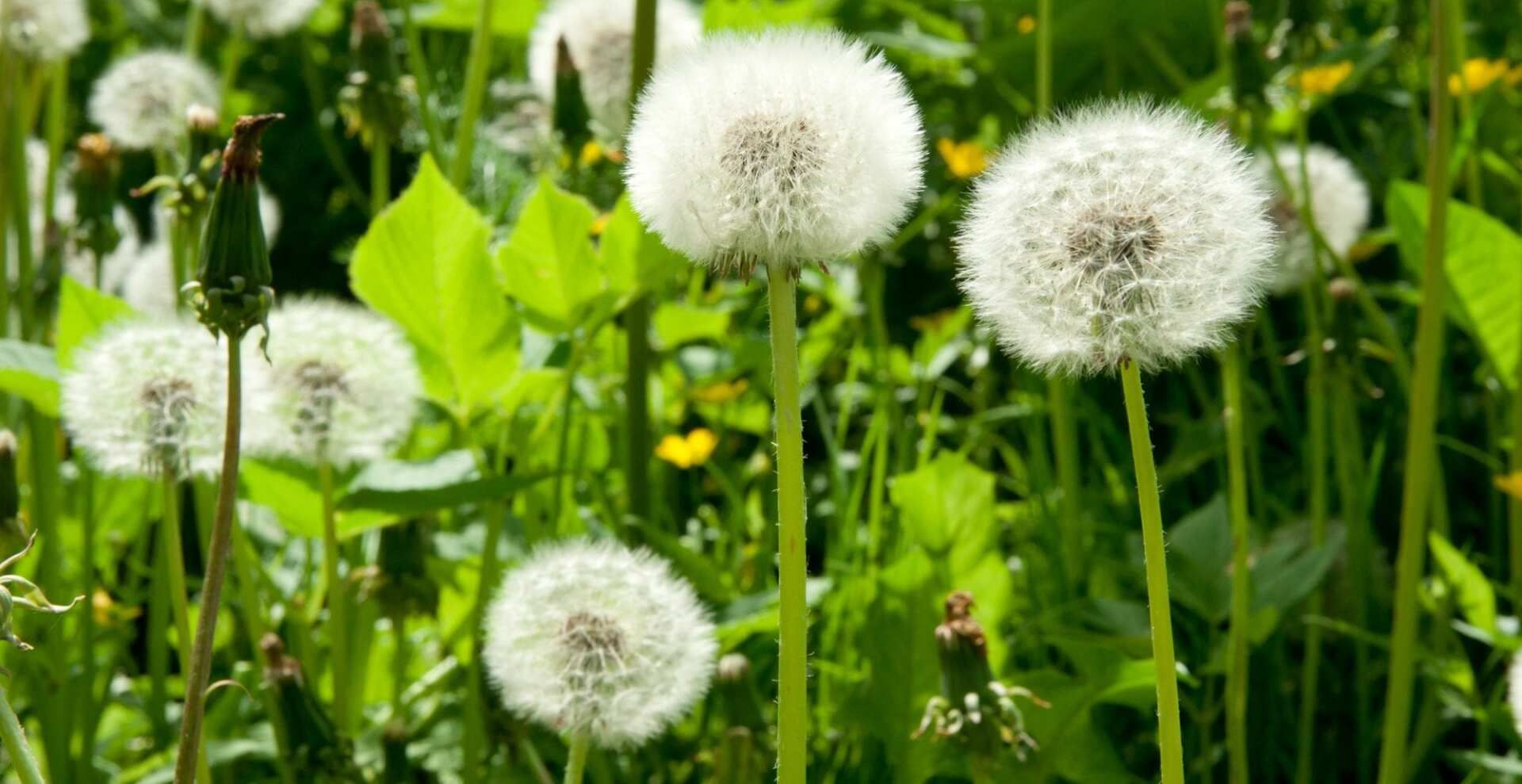
Weed Infestation
Porous, non-compacted soil is ideal for healthy grass growth due to the fibrous root system that grass has. Many weeds have a central tapped root system, which allows for easy growth even in compacted soil. If you begin to notice excessive weed growth and infestation in your lawn, it’s likely a sign that your soil is compacted. It’s encouraged to hire a professional weed control service
to care for any weeds that may appear properly.
Excess Thatch
Compacted soil naturally has poor air and water infiltration, meaning it can no longer maintain a normal, healthy balance of microbes and fungi. When old grass dies, it slowly decays over time, but with poor air and water infiltration old grass dies and builds up in a layer underneath your lawn. Once the thatch layer reaches a certain thickness, it prevents water, air, and nutrients from reaching the root systems under the soil. As a result, the thatch layer continues to build in size, and more of your grass dies.
Lawn Disease
If your lawn isn’t getting the appropriate nutrients and elements it needs to survive and optimally grow, lawn disease can occur, which can lead to much larger issues down the road. Red thread and rust are prevalent lawn diseases that can overtake your property. With proper care and maintenance, both diseases can go away over time, but it’s essential to catch them early on so preventative steps can be taken.
Grass Color
Homeowners may begin to notice their lawns losing the typical vibrant green color if the soil is compacted. Compacted soil
prevents the roots of grass from getting adequate nutrients and moisture, causing the affected areas to look distressed and diminished.
Puddles and Poor Drainage
Watch for pooling water in your lawn as this is a sign of compacted, which results in poor drainage. Standing water can result in waterlogged soils and lead to stunted growth. It’s encouraged to monitor the performance of your lawn after heavy rainstorms to determine whether adequate drainage is occurring or if the soil is compacted.
How to Improve Compacted Soil
Proper maintenance, observation, and preventative measures can be taken to prevent and improve compacted soil. It’s suggested for homeowners to monitor high traffic areas of their lawn and replace these portions with pavers or stepping stones. Being proactive with high traffic areas will help reduce soil compaction and improve the overall health of your yard. Along with this, homeowners can also utilize core aeration
or topdressing to improve and reduce the likelihood of soil compaction.
Core Aeration
This process removes small cores of soil from your lawn that are typically the size extracted by a soil probe. The extracted cores are left on your lawn to decompose over time. The cores that are removed provide room for the soil to breathe and relieve any existing soil compaction. Removal of portions of the soil allows air, water, nutrients, and fertilizers to reach the grass’s root systems. If you combat regular issues due to soil compaction, it’s encouraged to establish a regular schedule for core aeration as it will likely eliminate many of the problems you’re experiencing.
Topdressing
Applying a topdressing to your soil will help improve the overall structure of the soil in your lawn. Topdressing will help add valuable nutrients and organic matter to your yard, which will help prevent further soil compaction and break down any excess thatch.
If you have soil that is of dense consistency such as clay, it is more likely for soil compaction to occur. It’s encouraged to apply a top dressing of sand-based soil after core aeration is completed. This will help create a more neutral, less compacted soil where your grass will thrive.
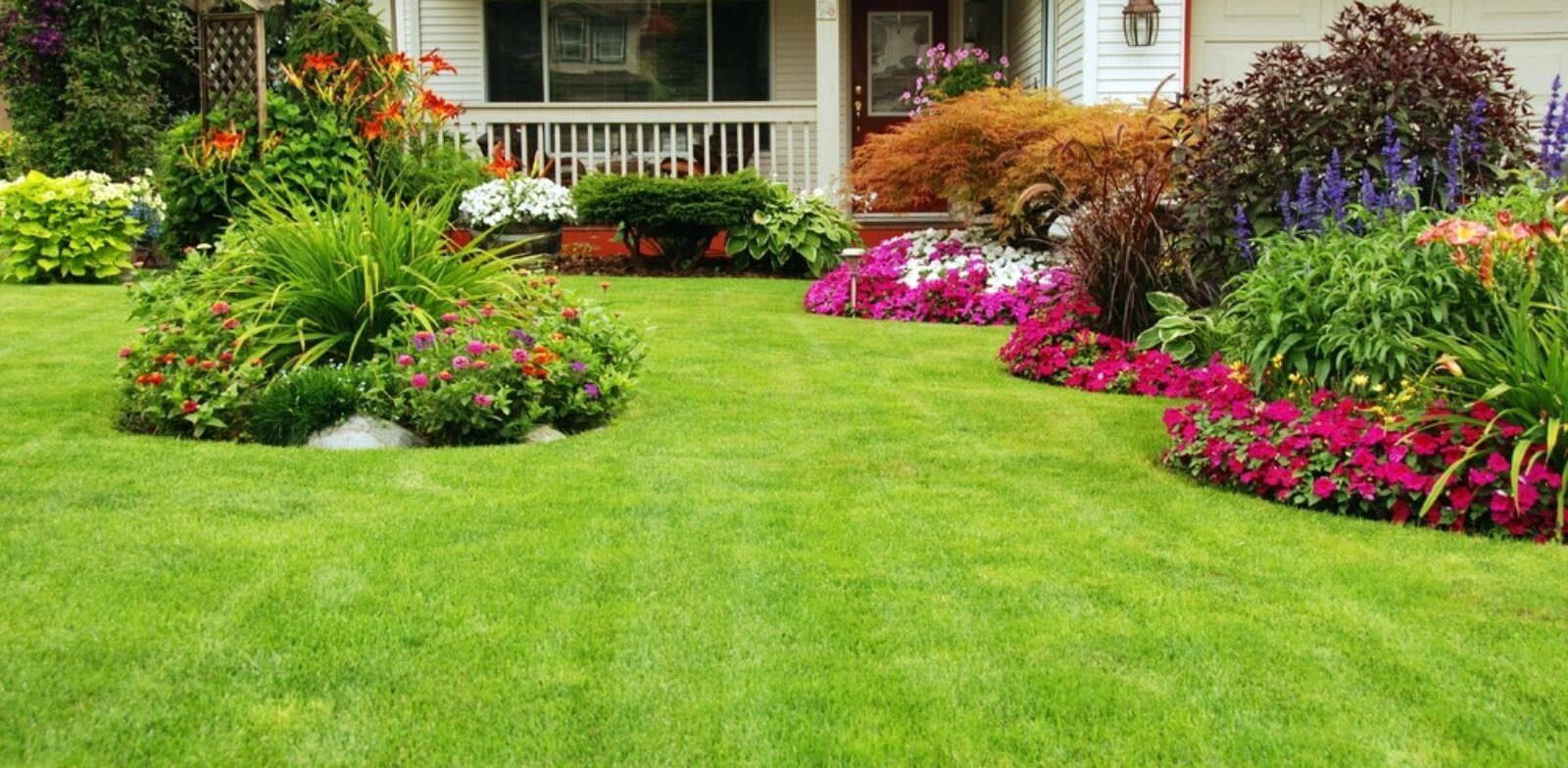
Begin Cultivating a Healthy Lawn
If you begin to suspect that your lawn may be experiencing the effects of compacted soil, it’s encouraged to start taking proper steps to prevent further damage from occurring. Homeowners are encouraged to regularly monitor and account for any symptoms that may be a sign of soil compaction. Core aeration and applying a top dressing can help alleviate any issues caused by compacted soil and are excellent preventative measures. From fading grass color and weed infestation to excessive thatch levels and lawn diseases, soil compaction is a pesky yard issue that many homeowners experience. Check your lawn regularly and make a note of any potential signs to begin cultivating a healthy lawn that household members and passersby will enjoy.

